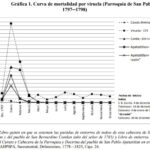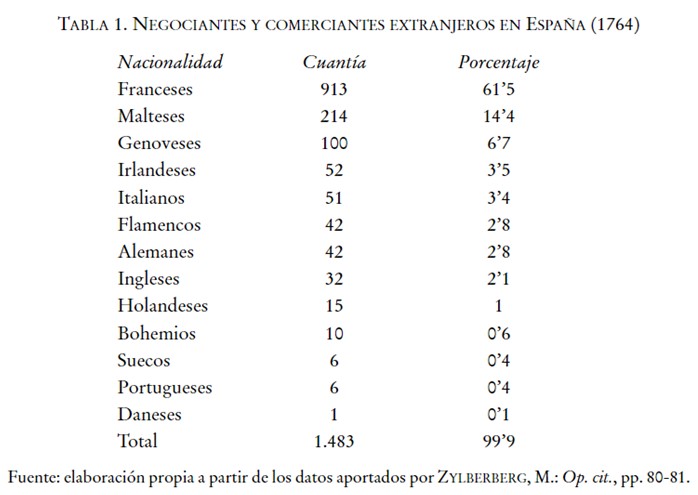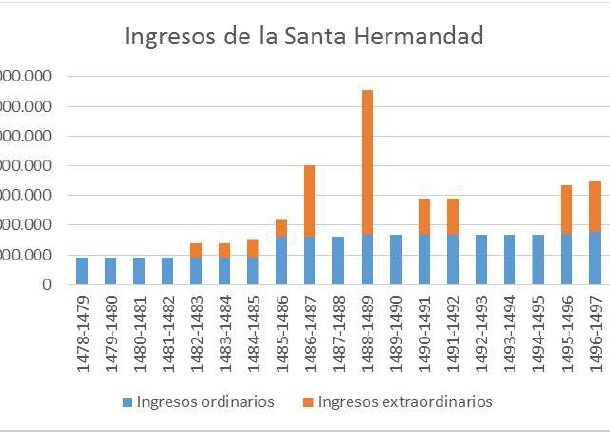
During the Modern Age, smallpox was an epidemic that decimated numerous populations on the European continent. America’s joining the world-system meant that this territory also became involved in global problems. The resource shows the incidence in New Spain of the last smallpox epidemic of the 18th century in that viceroyalty through the parish of San Pablo Apetatitlan, in the governorate of Tlaxcala. In this rural parish, between December 1797 and December 1798, a total of 75 deaths from smallpox were recorded, most of them indigenous people from this rural area. The author places the epidemic cycle in October 1797 in the city of Puebla, arriving in the jurisdiction of Tlaxcala in the first week of December. Its arrival led to a dramatic increase in mortality in the first few days of its appearance; 91.42% of deaths from the disease were recorded in one month. After the strong impact, social isolation and quarantines were the measures adopted by the authorities.
Collection: Graphics
Project: 10. Churches and religions in Europe., 9. Travels and travelers: economic, social and cultural connections.
Chronology: XVIII
Scope: Secondary Education, Baccalaureate, University
Link: http://www.tiemposmodernos.org/tm3/index.php/tm/article/view/1283/605
Resource type: Graph
Format: Line chart
Source: Netzahualcoyotzi Méndez, M. (2016). "La epidemia de viruela de 1797-1798 en la parroquia tlaxcalteca de San Pablo Apetatitlan: mortalidad diferenciada y estrategias preventivas", en Tiempos Modernos, nº 32, p. 135.
Language: Spanish
Date: 2016
Owner: Pablo Ballesta Fernández (Modernalia)
Copyright: ©Tiempos Modernos ©Marciano Netzahualcoyotzi Méndez
Abstract: Resource showing the last indications of smallpox in New Spain through the parish of San Pablo Apetatitlan. America, like other continents, was also affected by this epidemic
Image
Tags








